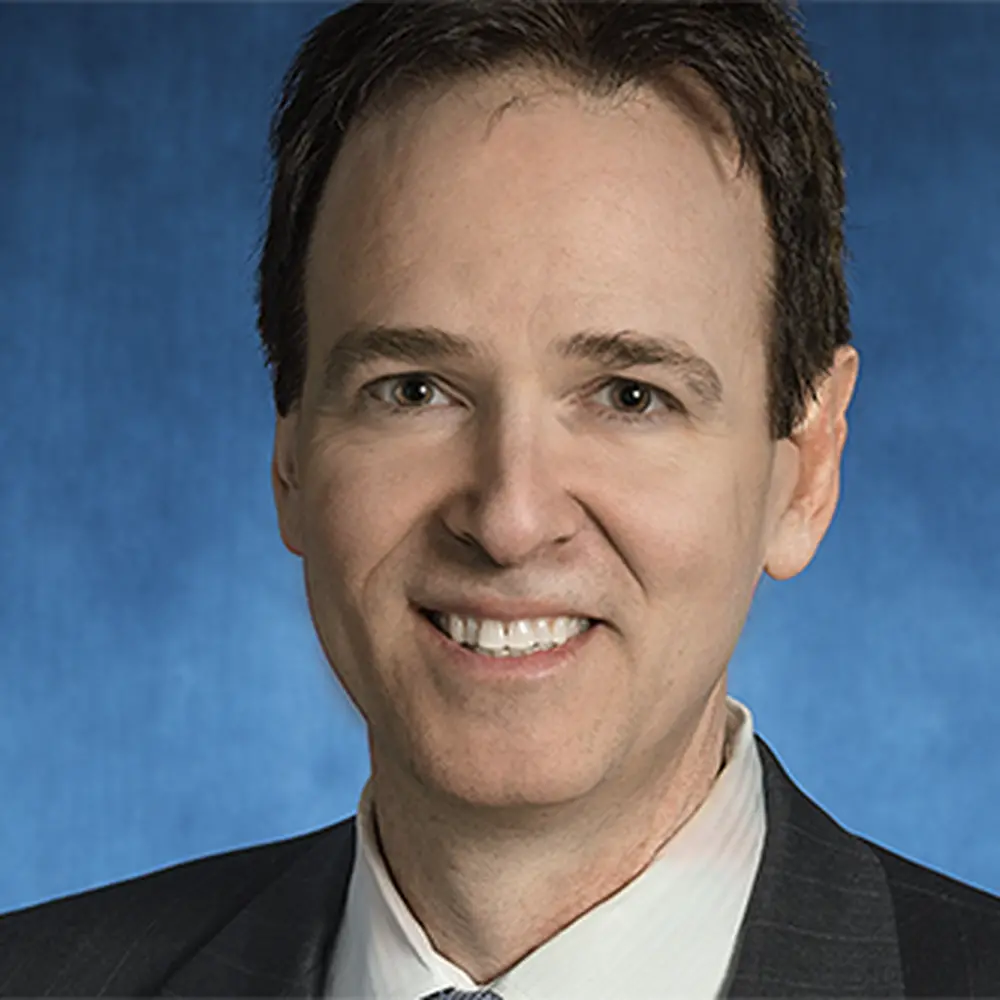
Chemistry alumnus traces his success to influential professor at Illinois
This fall, Martin Pomper gathered with others from across the world to be officially inducted the National Academy of Medicine, one of the highest honors in medicine for professional achievement and commitment to service.
Today, Pomper (BS, '82, biochemistry; BS, '82; PhD, '89, chemistry; MD, '90) serves as director of nuclear medicine and molecular imaging in the Department of Radiology at Johns Hopkins University. But he said it was his time at Illinois, and the mentors he met there, that helped him begin the career worthy of National Academy of Medicine recognition.
As a fan of physics and chemistry when he came to Illinois as an undergraduate student in 1979, Pomper shortly thereafter clicked with then-professor of chemistry John Katzenellenbogen, who shared Pomper’s goal of applying chemistry to the field of medicine.
“Dr. K worked on many different projects but his mantra was ‘chemical solutions to biological problems,’” Pomper said. Joining Katzenellenbogen’s group was a good fit for Pomper because he saw a clear path to medical applications through Katzenellenbogen’s chemistry.
Pomper was Katzenellenbogen’s first student to complete the Medical Scholars PhD and MD program, and while at Illinois, the two did research and published papers on breast cancer imaging and PET imaging agents for Alzheimer’s disease. Katzenellenbogen recalls how working with Pomper felt more like working with a colleague than a graduate student.
“PhDs have lots of solutions, but don’t always know what the big problems are,” Katzenellenbogen said. “MDs face important problems, but often they don’t really have a grip on what might be novel solutions. But if you have one person trained both in the problems and the solutions, then you have a really winning combination, evident in many respects.”
Pomper also noted that Kelsey Cook, Scott E. Denmark, and the late Gilbert P. Haight, professors of chemistry, also had a significant impact on the rest of his career. Additionally, as a medical student, Pomper was highly active in Physicians for Social Responsibility on campus.

“During my time at Illinois, particularly in graduate school, the chemistry department prepared me extremely well for my own independent career,” Pomper said. “I still hold my chemistry professors back in those days, in the 1980s, in extremely high esteem. I had the sense that they were helping carry civilization forward for the rest of us. The highest concentration of talent I’ve been exposed to in my career was my professors in organic chemistry at Illinois.”
In his current position at Johns Hopkins, Pomper conducts groundbreaking research on prostate cancer detection and treatment.
“We’ve developed imaging agents that enable us to detect prostate cancer better than CT and bone scans,” Pomper said. “And those are now in phase III clinical trials. They’re out there and I think they’re going to replace conventional imaging for prostate cancer.”
Pomper said that among other things, the technology will identify when a patient has recurrent prostate cancer, can help stage patients for the disease, and will act as a means for guiding therapy. Katzenellenbogen mentioned that while many have hopped into this field, Pomper was really one of the first to pioneer this science.
Now, almost 40 years after their initial meeting, Pomper and Katzenellenbogen remain in regular contact.
“(Katzenellenbogen) is one of the most brilliant chemists that I have known,” Pomper said. “He’s a soft-spoken, modest person who’s had tremendous impact on steroid chemistry and biochemistry and has touched many lives. Today I am surprised by how long-lasting the lessons that I learned from him, mainly by following his example, have been. I am eternally grateful for the opportunities he provided to me.”
Katzenellenbogen shares similar sentiments, and he has enjoyed keeping in touch with Pomper through the years.
“In some ways, maybe I abuse my relationship because whenever I have a significant medical problem, I always consult with him,” Katzenellenbogen said. “Sometimes I send him x-rays or MRIs of my back, and I get valuable feedback. Sometimes he just says, ‘Mine look as bad as yours!’”
Samantha Jones Toal, College of Liberal Arts & Sciences